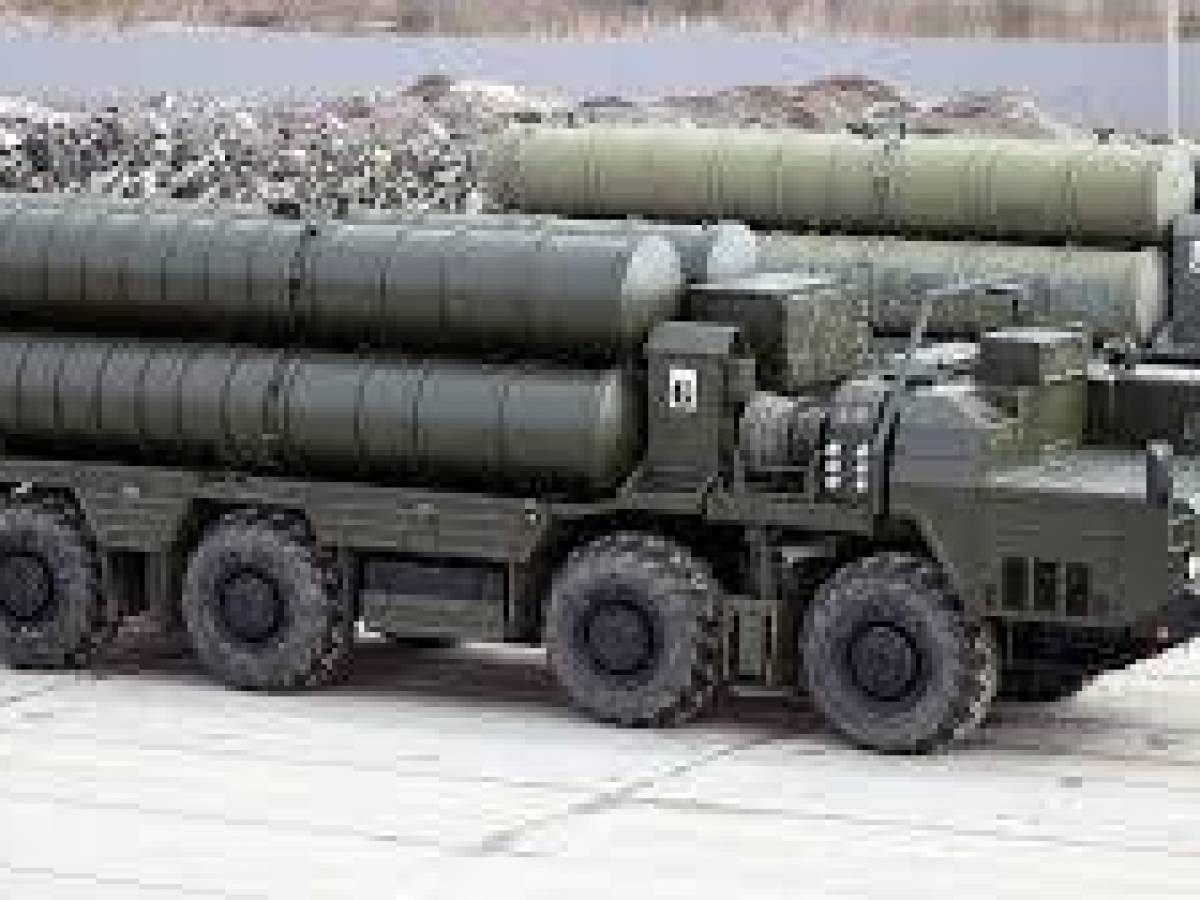
As tensions escalate between India and Pakistan following drone strikes, air raids, and retaliatory military actions, the flood of breaking news, defence briefings, and social media coverage is filled with complex terminology and acronyms. This language can be confusing for many citizens trying to follow these fast-moving developments.
Also, read| India-Pak Live Updates: Armed Drones Over Khasa Cantt, Amritsar Destroyed, Says Army
Here’s a comprehensive guide to important military and geopolitical terms and abbreviations that are commonly used during conflicts like the current India-Pakistan escalation.
1. PAF – Pakistan Air Force
The aerial warfare branch of the Pakistani military. Currently in the spotlight for its reported air raid over Srinagar.
2. IAF – Indian Air Force
India’s air defence wing, responsible for air security, fighter jet operations, and aerial countermeasures.
3. LoC – Line of Control
The de facto border dividing Indian-administered and Pakistani-administered parts of Jammu and Kashmir.
4. UAV – Unmanned Aerial Vehicle
Commonly known as drones, UAVs are pilotless aircraft used for surveillance or armed attacks. Both countries have UAV capabilities.
5. SAM – Surface-to-Air Missile
A missile launched from the ground to destroy enemy aircraft or drones. India uses systems like Akash SAM and Barak-8 for this purpose.
6. NOTAM – Notice to Airmen
An official aviation alert is used globally to communicate hazards or restrictions to flight operations. Pakistan issued a NOTAM to close its airspace.
7. Mirage-5 / JF-17
Types of fighter aircraft. Mirage-5 is French-built, while JF-17 is a joint China-Pakistan combat jet used by the PAF.
Also, read| Civil Flight Operations Suspended In These 32 Airports
8. Bayraktar / Akinci
Advanced Turkish drones are reportedly used by Pakistan. Known for long-range and high-altitude surveillance and strike capabilities.
9. GHQ – General Headquarters
Refers to the central command of the Pakistani Army, located near Rawalpindi. Strategic sites like Nur Khan Air Base are nearby.
10. Strategic Airbases
Air bases that house critical defence assets such as fighter jets, drones, and refuelling units. These are high-value targets in any conflict.
Other Common Terms Explained
-
Escalation – A rapid intensification of military activity, often leading to broader conflict.
-
Retaliation – A responsive military strike after an initial attack.
-
Airspace Violation – When military aircraft enter another nation’s airspace without permission, as was alleged over Srinagar.
-
Combat Air Patrol (CAP) – Aircraft patrolling a designated area to maintain air superiority.
-
Kinetic Strike – A physical, forceful attack (missiles, bombs, etc.), as opposed to cyber or electronic warfare.
-
Electronic Warfare – Use of electromagnetic technology to jam or disable enemy drones, radars, or communications.
-
False Flag Operation – A deceptive act made to appear as though carried out by another entity, often mentioned in covert operations.
-
No-Fly Zone – An area designated as off-limits to aircraft, usually for safety or strategic reasons during a conflict.
-
Missiles – Long-range weapons that can be launched from the ground, air, or sea. Includes surface-to-air missiles (SAMs) used to intercept incoming threats like drones or aircraft.
-
Blackout– A deliberate shutdown of electricity or communication signals, often to protect strategic locations from aerial attacks or prevent information leaks.
Understanding these terms isn’t just for defence experts or journalists. In today’s 24/7 news environment, where misinformation spreads fast and geopolitical tensions can impact everything from air travel to stock markets, knowing the language of conflict helps citizens stay informed and grounded.
Whether you’re watching the news, reading a press release, or scrolling through social media, these words are your toolkit to make sense of what’s unfolding, especially in moments when facts matter most.













